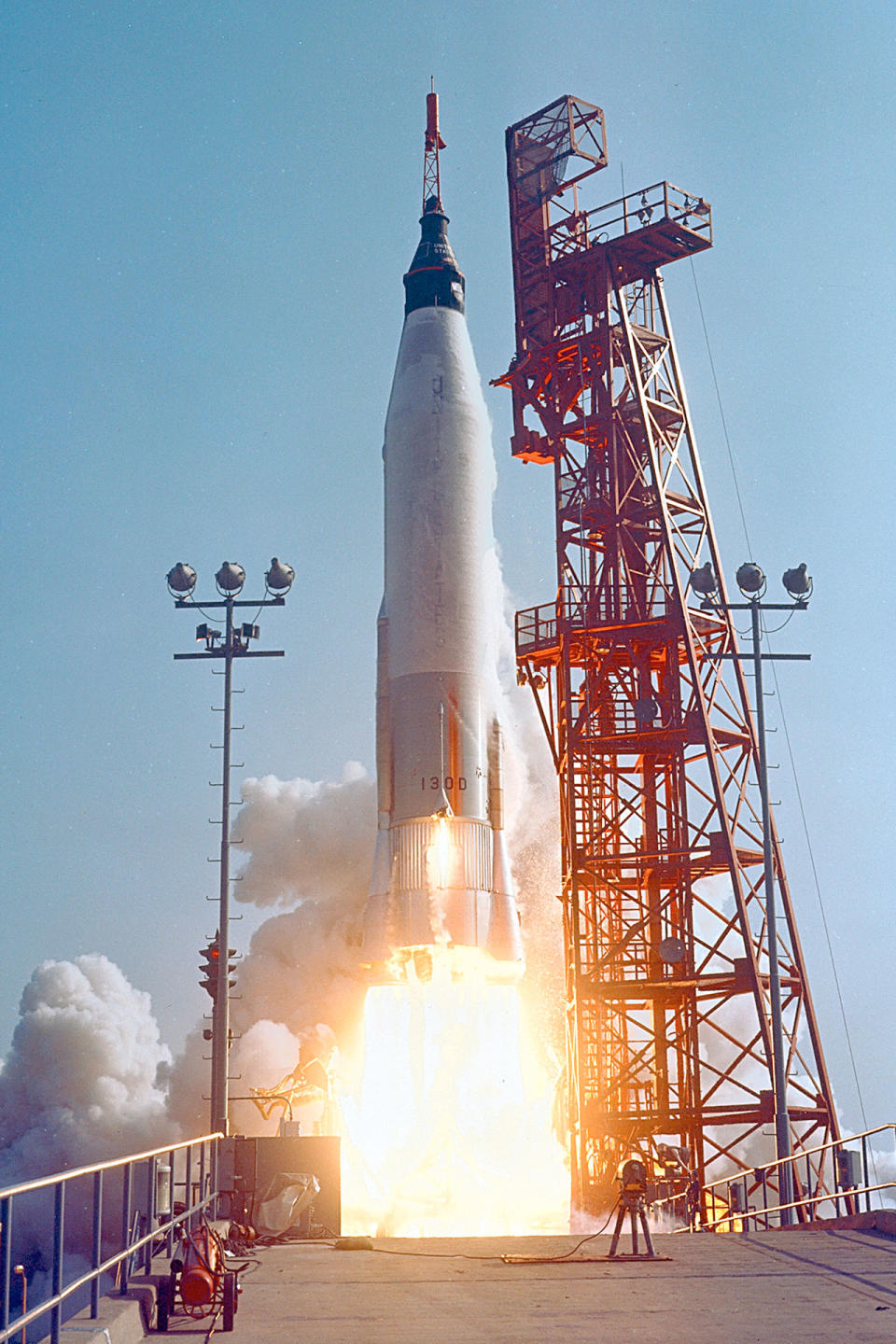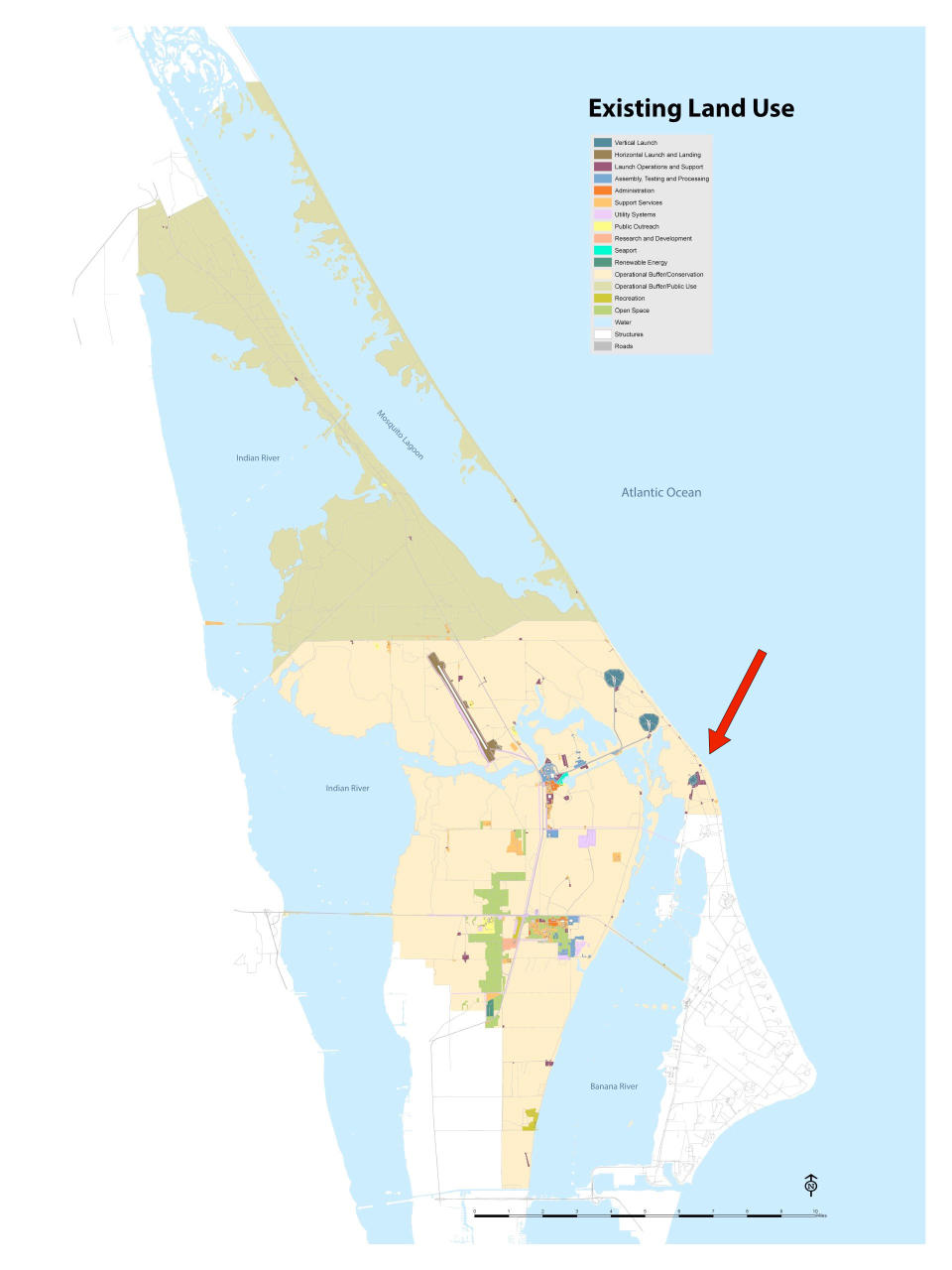The launch of two astronauts on a commercial Boeing spacecraft is the company’s first, but will return US human spaceflight to a rocket and launch site that has not been used by crews for more than 50 years.
The Crew Flight Test (CFT) for the Boeing CST-100 Starliner capsule is ready to fly NASA astronauts Barry “Butch” Wilmore and Sunita “Suni” Williams on an eight-day mission to the International Space Station. Liftoff is scheduled for today (May 6) at 10:34 pm EDT (0234 GMT on May 7).
The long-awaited launch, which follows two uncrewed orbital flight tests in 2019 and 2022, respectively, will see the Starliner make regular crewed rotation missions to the space station starting next year.
To reach orbit, the Starliner will fly atop a United Launch Alliance (ULA) Atlas V rocket from Space Launch Complex-41 (SLC-41) in Florida. The pad is located less than 7 miles (11 kilometers) from where the first and last (to date) astronauts launched on Atlas rockets.
Related: How to watch the May 6th Boeing 1st Starliner astronaut launch live online
60 years
“There’s a certain history to this mission,” said Gary Wentz, ULA’s vice president for government and commercial programs, at a prelaunch press conference Friday (May 3). “Back in 1962, John Glenn flew the first Atlas and together, 62 years later, we are flying our 100th Atlas [V] with Butch and Suni on board. So that’s very significant for our team.”
Originally designed as the United States’ first operational intercontinental ballistic missile (ICBM), the Atlas D rocket was modified to launch the first Americans into Earth orbit. Four NASA astronauts flew on a Convair booster, including Glenn, Scott Carpenter, Walter “Wally” Schirra and Gordon Cooper.

On May 15, 1963, Cooper’s Mercury-Atlas 9 mission lifted off from Complex 14, just south and slightly east of the Starliner pad at SLC-41.
“It sure was beautiful,” Cooper said as he caught his last glimpse of his ride into orbit as he disembarked from “Faith 7,” his Mercury spacecraft. “It was very bright silver in color, with a frosty white band around the central part of it.”
Although they are in the same family of rockets, the Atlas D and the Atlas V have very little, if anything, in common, other than their name. The modern Atlas, designed by Lockheed Martin, is powered by the Russian RD-180 engine on the first stage and the Centaur upper stage.
The Atlas V was introduced in 2002, and is the longest active rocket in operation in the United States. The Starliner will be one of the last uploads of the vehicle, as it will be retired after 16 more flights to make way for ULA’s new Vulcan heavy lift rocket.
ULA modified the Atlas V to be able to fly manned Starliner missions.
“For this, we designed two different technologies to support human spaceflight,” Wentz said. “We put an emergency detection system on board that monitors all the systems of the vehicle, and in the event that we had a non-nominal performance of one of those systems and it required the crew to abort, this will automatically trigger that. abortion.”
“Also, [we built] A twin-engine Centaur, which really brings it back from a legacy vehicle that we’ve flown before, and that we’re flying in the future on Vulcan,” he said.
Related: Facts about ULA’s new Vulcan Centaur rocket
Return to the Cape (or not?)
As well as bringing the Atlas back into the family of human-rated rockets, the launch of the Boeing Starliner CFT mission will be the first crewed flight to leave Earth from the same side of the Cape from which all astronauts have flown before the first flight. missions to the moon.
“One more historical fact,” NASA Administrator Bill Nelson said at a briefing Friday. “This is the first time since the launch of Apollo 7 that a human astronaut has actually been launched on the Cape Canaveral Air Force Station which is now, of course, the Cape Canaveral Space Force Station.”
The Florida Space Coast, managed by the Eastern Range, is divided into two major launch sites: the Cape Canaveral Space Force Station (as it is known today), which dates back to 1949, and NASA’s Kennedy Space Center, established in 1962. . October 11, 1968, NASA’s first crewed Apollo mission, Apollo 7, was launched from Complex 34 into Earth orbit. It was the last time (so far) that a crew got off a pad on the Cape side of the range.
(All subsequent astronauts have been launched from Kennedy Launch Complex 39 A and B pads, between 1968 and today).
According to journalistic dateline and general understanding, SLC-41 is the Cape Canaveral launch pad, but the distinction is less clear.


RELATED STORIES:
– Boeing Starliner lifts off to launch pad for 1st astronaut flight on May 6 (photos)
— After an ’emotional rollercoaster’, NASA astronauts are ready to fly on a Boeing Starliner
— Their other vehicle is the Starliner: 1st Boeing crew to ride Astrovan II to the launch pad
Although ULA leased the pad and related facilities from the Air Force, the land on which the two are sitting is part of the Kennedy Space Center. A land use map published by NASA shows SLC-41 on agency property and an “availability notice” places the launch site for vertical launch operations.
So is Starliner sailing from Cape or Kennedy? The United Nations Headquarters in New York City could be an analogy for the story. Although the building’s footprint is in Manhattan, the land it sits on and the facilities on top of the building are not part of New York or the United States.
Similarly, LC-41 sits within Kennedy Space Center property, but the Atlas pad is the responsibility of the Cape Canaveral Space Force Station.
“NASA’s John F. Kennedy Space Center and the Department of the Air Force have maintained a cooperative relationship regarding the use of Launch Complex 41 for over 25 years. This cooperation has provided mutual benefit to both federal partners for many years,” read their Statement NASA. “The current agreement began January 1, 2024, and may be renewed annually for an additional nine years. This cooperation will continue to benefit NASA and the United States Air Force as both agencies strive to accomplish their missions in the most efficient way possible.”
Continue collectSPACE.com on Facebook and on Twitter at @collect SPACE. Copyright 2024 collectSPACE.com. All rights reserved.